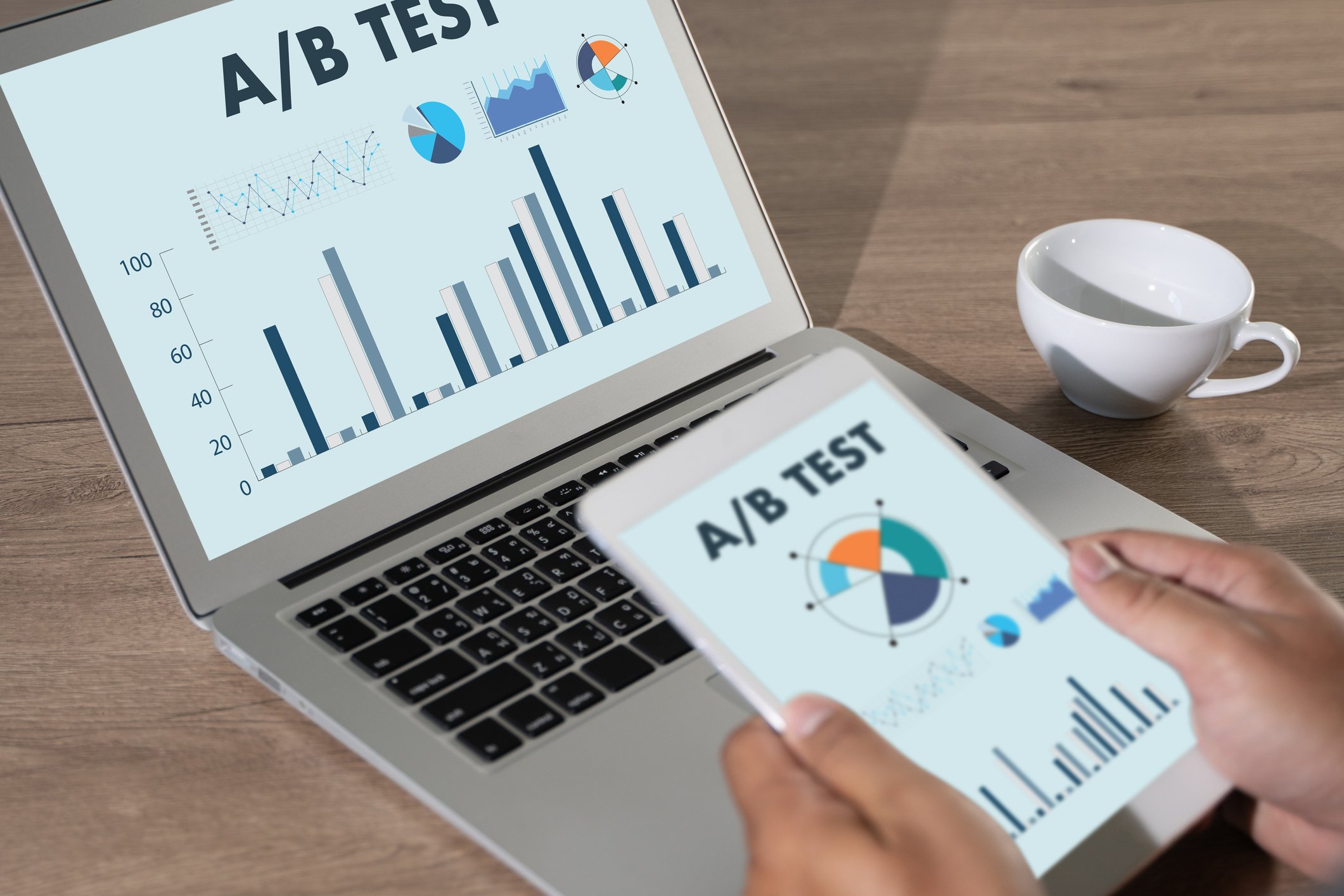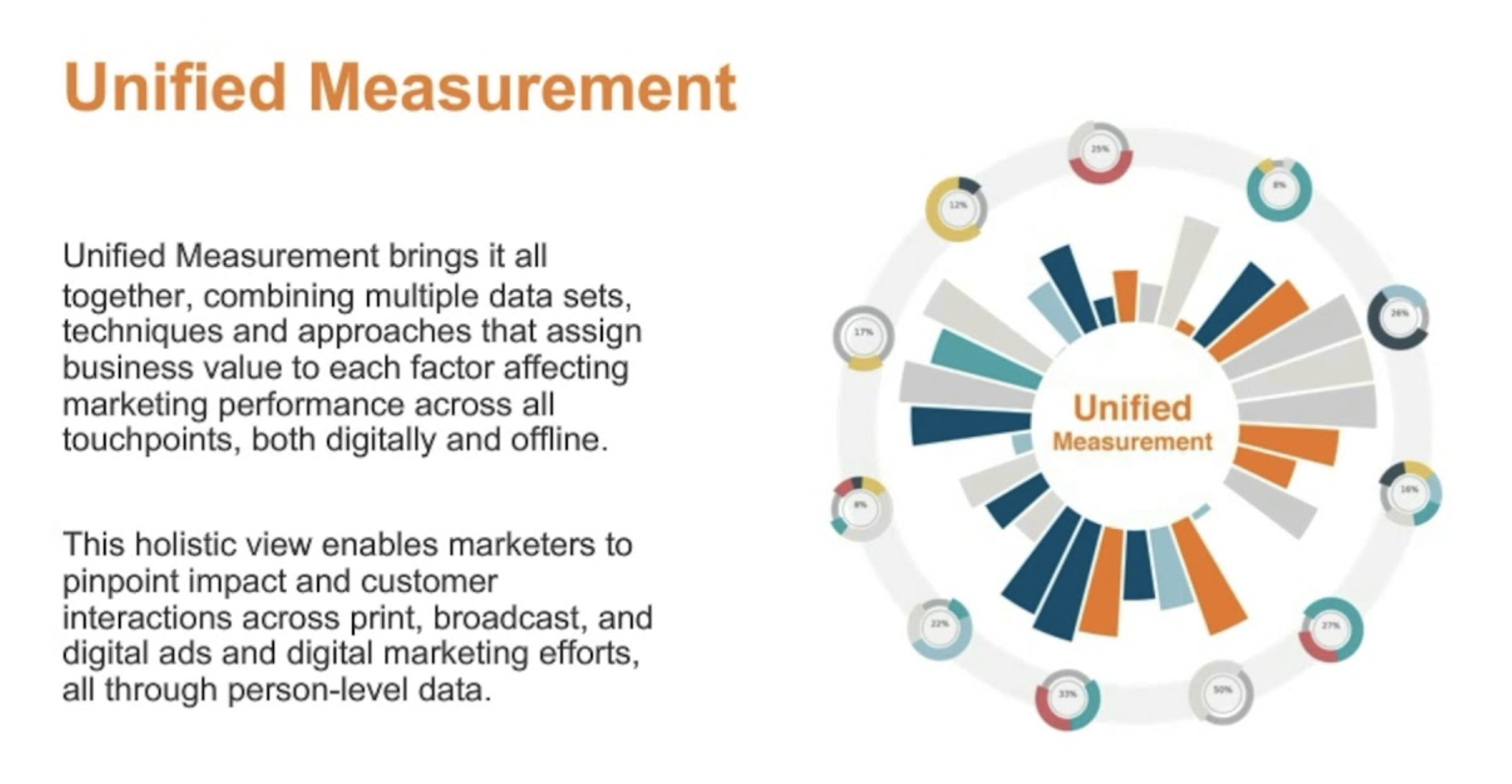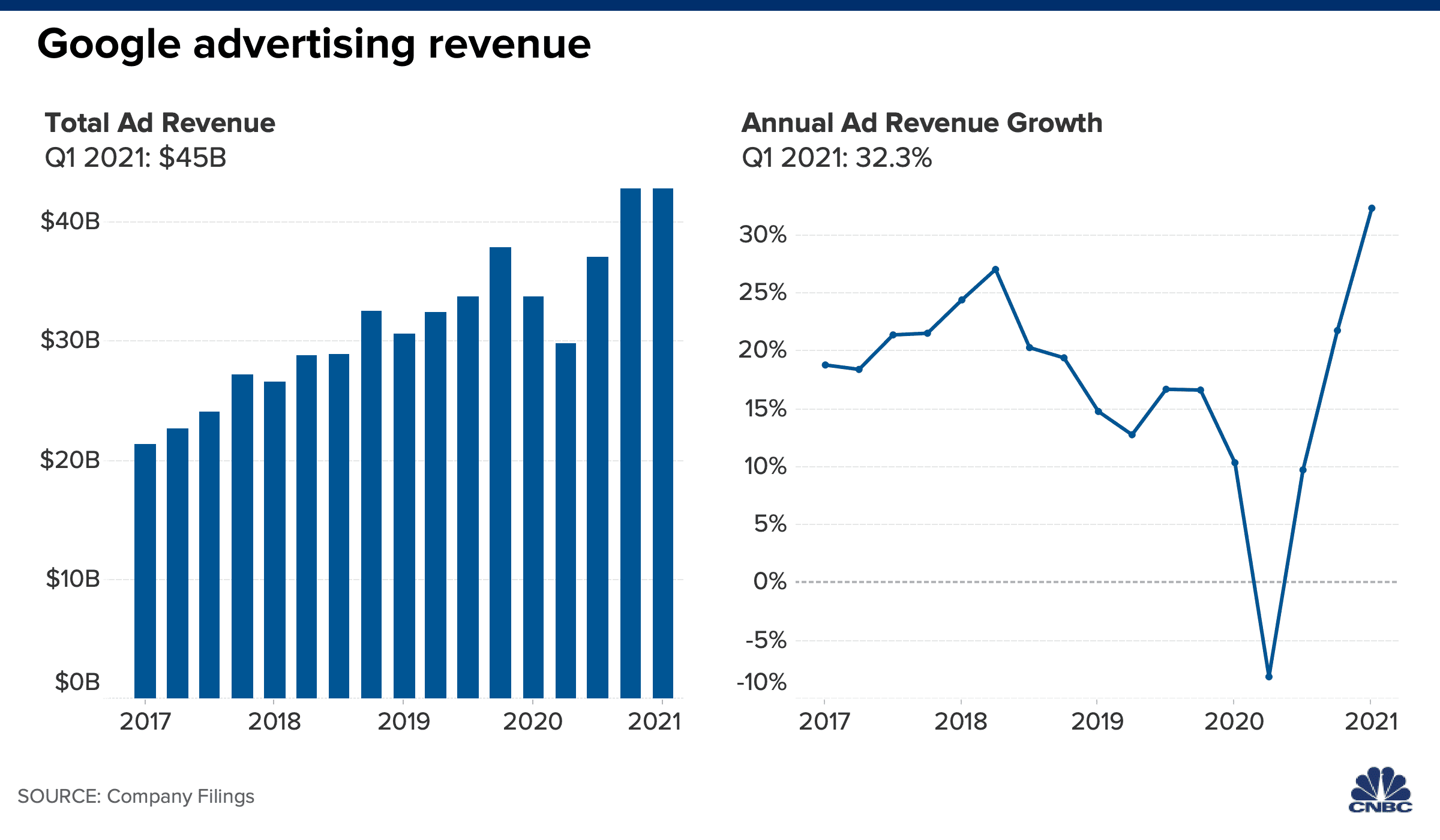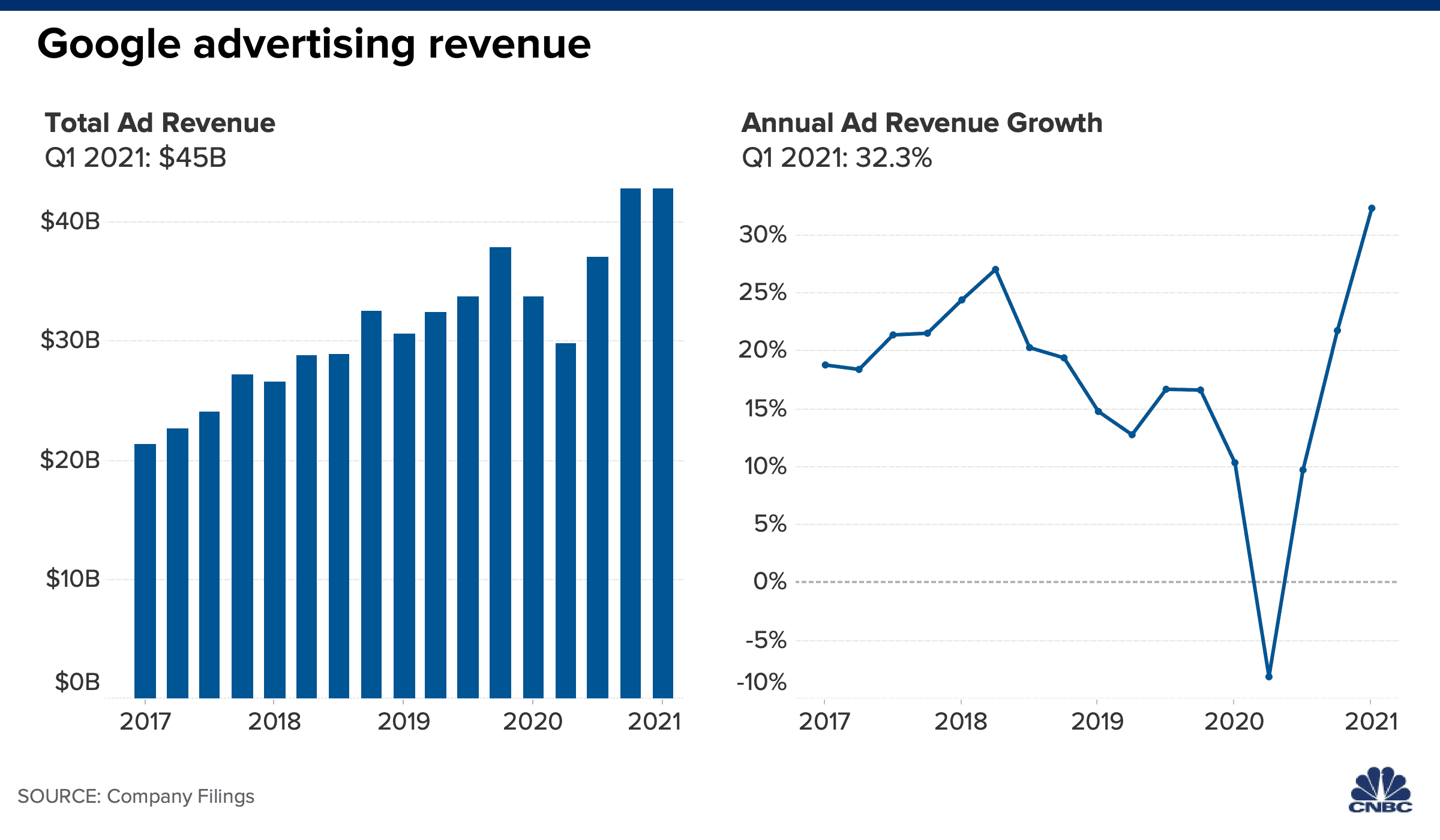The Myth of A/B Testing in a Digital World…And Why It Doesn’t Work

A/B testing has long been the holy grail of marketing analytics; a go-to for anyone seeking as much bang for their marketing buck as possible. In fact, A/B testing has been reported as the number-one used CRO (Conversion Rate Optimization) method, with 60% of companies already using it, and another 34% planning to use it. And the theory is sound: A/B testing should yield fair and accurate data.
But in practice? In today’s omnichannel marketing landscape, the legend of A/B testing’s power may be little more than a fable, especially when it comes to testing on media platforms.
If you’re still relying on single-channel A/B testing, prepare to reevaluate your marketing strategy – and everything you know about marketing analytics.
Why Do Marketers Love A/B Testing If It Doesn’t Always Love Them Back?
When it comes to supporting marketing decisions, A/B testing data often feels like it has the most weight. It’s a scientific controlled method, after all - one that should yield controlled and scientific sets of data. And marketers have historically had many reasons to favor A/B testing in their marketing strategies, no matter how flawed its execution might be. A/B testing offers:
-
Ease of Use
A/B testing is a simple concept, one that’s also fairly easy to implement. This means that even the smallest kitchen-table operation can use it to test their content and other marketing efforts. The barrier to entry is low, and it’s relatively simple to get started.
-
Model Validity
Model validity is, of course, a concern for marketers. We need to justify our marketing decisions and spending by charting the accuracy and performance of content, ads, and more. And because it’s been in use for so long, the results of A/B testing still carry that sense of validity.
-
It Works – In Theory
A/B testing of variables presented to a randomized selection of a given audience can be expected to yield truly useful insights into marketing performance. But the way this strategy is being executed today, especially on the big, algorithm-driven media platforms, isn’t conducive to true A/B testing. Because of this, it’s not yielding accurate results.
The Validity Myth: How Big Media Platforms Make A/B Testing a Waste of Time
A/B testing is theoretically valid, but in reality, it’s an ineffective model when applied to common media platforms. In fact, only 28% of marketers report being satisfied with their conversion rates after implementing A/B testing. Why? Unfortunately, there are a few core reasons for the ineffectiveness:
-
Lack of Control
It’s impossible to control for everything within a third-party media platform. It simply doesn’t belong to you. And unless you can truly control for every variable, similar to conducting a double-blind study in a laboratory, your A/B testing results are rendered moot.
-
It Isn’t Actually Random
Every social media post or digital ad is distributed via algorithms that choose the “best” viewers for the content – and the biggest platforms have the most powerful algorithms.
Because your content is always filtered through these algorithms, rather than simply being scattered far and wide to your chosen audience, your results are never truly random.
-
The Algorithm Has Its Own Agenda
A/B testing can’t override an algorithm. Media platforms like Google Ads or Facebook were built to make a profit. Their algorithms will always test and show your content to the group most likely to take the desired action.
We can’t stress this enough. Media platforms prioritize profit - it’s how they were designed.
This means the platform’s goal of profit usurps your goal of testing variations of your content on truly random viewers, and the data you collect comes back skewed and inaccurate.
What REALLY Works: The Shift from A/B Testing to a Unified Measurement Approach
We know single-platform A/B testing is a waste of time. Platform algorithms create skewed results, and spending time, effort, and money on one channel at a time is slow and ineffective.
So what’s the alternative? Shifting from a total reliance on single platform testing to a unified marketing measurement solution.

Unified marketing measurement takes the aggregate data and insights from each platform and combines them into one holistic view, giving marketers a much more accurate picture of performance and making testing much more efficient.
While A/B testing doesn’t have to go away entirely (and won’t), testing through a UMM platform has significantly more benefits:
-
Omnichannel-Level Optimization
Shifting from platform-level A/B testing to a unified measurement solution allows you to optimize everything, everywhere, all at once, for your entire marketing strategy. This massively increases efficiency, compared with a channel-by-channel testing and analysis strategy. And leveling up from a channel by channel strategy increases efficiency and allows you to create true omnichannel campaigns.
-
Reduce Lag Time
Because a unified marketing measurement solution aggregates data from all of your platforms, you get a true picture of how marketing campaigns are performing. It also reduces the lag time between analysis and implementation. Think about it. When you are testing across individual channels, you then have to take that data, analyze it, and then put it together with your other channels. Testing can take forever! With everything tied together, you can move faster. Brain strain decreases and productivity soars.
-
A Broader Scope
Perhaps the biggest benefit of unified measurement is you can accurately view and compare campaigns across channels, media, time, and more. You aren’t stuck trying to hold it all and isolate every variation. You can look at everything that’s happening in a holistic way, capitalizing on the richness of all the data available to you.
Test the Right Way With Omnichannel Measurement
We’ve seen how single-platform A/B testing is an outdated approach to the modern digital marketing landscape. Channel-by-channel testing creates a “tunnel vision” that fails to take into account the bigger picture, leaving you blind to how your marketing is working as a whole.
Utilizing omnichannel measurement for a big-picture view is a much more comprehensive and synergistic way forward. And the benefits are even better:
-
Reduce Complexity
You don’t have to reinvent the wheel with your omnichannel marketing strategy. You just need to upgrade it. With unified data you can use the same process as before for testing, you’re just doing it across channels, in real-time, without setting up any special scenarios.
-
Increase Data Analysis
Forget optimizing platform-by-platform. Optimize all your channels at once, improving both analysis and performance, without increasing employee costs, brain strain, or complexity.
-
Improve Results
Don’t worry about jumping in over your head and getting overwhelmed. Though unified measurement solutions yield a tremendous perspective on your marketing strategy, you can still start with a single channel and then gradually build out a seamless experience, one that will optimize effortlessly across your entire organization.
Digital Marketing Moves Fast – Now You Can Too
Digital marketing is moving faster than ever. This makes it all too easy to become overwhelmed by the sheer amount of data available to you.
To keep up, you need help. You need to partner with a digital marketing platform that can measure all of your marketing objectives, one that sets you up to be constantly learning and optimizing so you can move not only faster but more efficiently, too.
-
Leverage the Hidden Power of Unified Data
Don’t stop the world to run one A/B test. Harness the power of an omnichannel marketing tool to turn your marketing into a continuous learning and optimizing process that works both day and night (so you don’t have to).
-
Take Back Control of Your Analytics
Don’t be hoodwinked by misleading A/B testing data filtered through those big platforms’ even bigger algorithms. Take control back with truly actionable data that actually levels up your marketing.
-
Partner with a Platform That Empowers You
The just-right fit with an analytics platform will take you from overwhelm to action with data insights and planning tools that set you up for success. To successfully navigate the omnichannel landscape, you need a measurement solution that's constantly testing across all your marketing platforms, not just one at a time.
A/B testing was once the king of marketing models. But the throne is being usurped by the raw power of omnichannel measurement and unified data. This sleeker, more streamlined marketing is what’s going to keep you out in front as the digital marketing landscape evolves.
Don’t get stuck with outdated marketing analytics methods like A/B testing - instead, take control of your marketing strategy’s future.



